How Doctors and Hospitals Actually Clean Reusable Patient Supplies
Published Feb. 16 2021, 4:06 p.m. ET
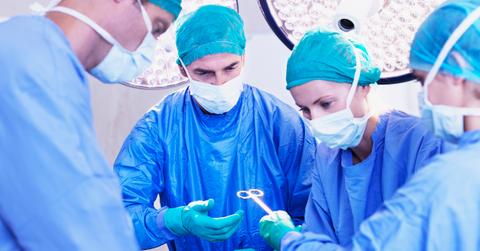
In years past, patients might have taken for granted the idea that doctors thoroughly sterilized their instruments. We assumed, and rightly so, that our doctors, dentists, nurses, and surgeons never reused any supplies without cleaning them first. In the age of COVID-19, however, even the most trustworthy patients might find themselves wondering how doctors clean reusable patient supplies — here's what we know.
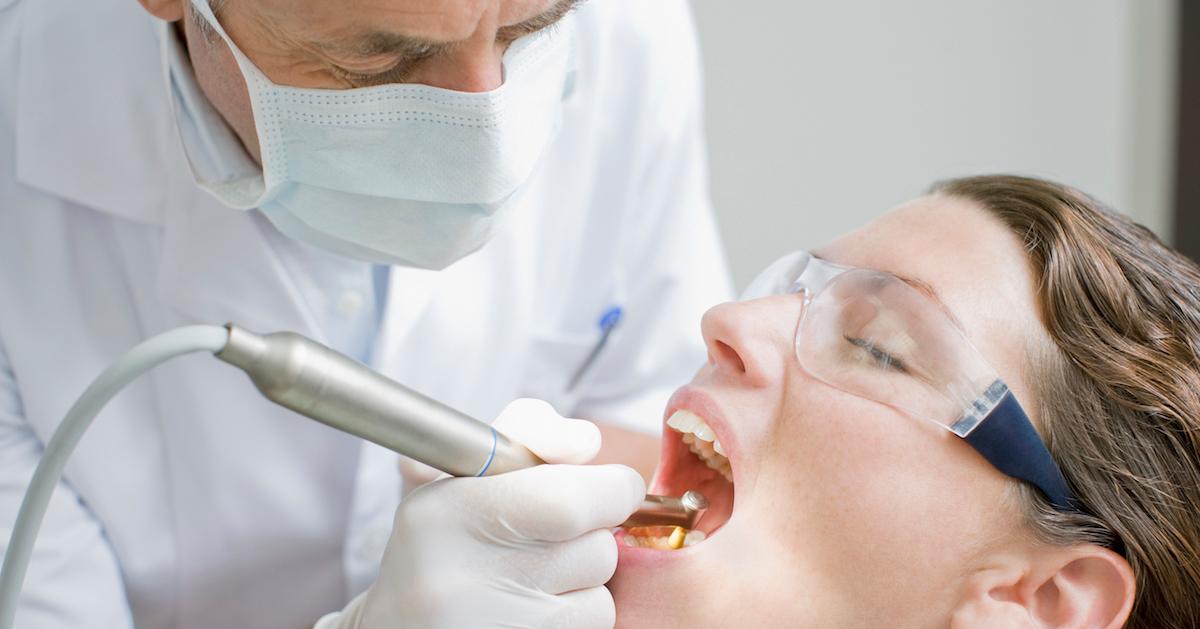
How do doctors clean reusable patient supplies?
Health care providers use reusable medical devices to diagnose and treat multiple patients. This type of equipment includes surgical forceps, retractors, metal bowls, metal spoons, and metal trays, endoscopes, and stethoscopes. Non-reusable equipment would include blades for orthopedic surgery, which are used once and then discarded. Once those devices are utilized, they are sent through a process known as “reprocessing” before they can be used again.
What happens if this equipment isn’t cleaned?
According to the FDA, inadequate cleaning between patient uses can result in contamination of blood, tissue, and other biological debris. Microbes and other harmful bacteria can grow on the tools, which can lead to infections in subsequent patients. The odds of getting an infection from one of these contaminated devices is low, but with a global pandemic still ravaging the planet, following proper sterilization protocols might be more important than ever before.
How is reusable medical equipment cleaned?
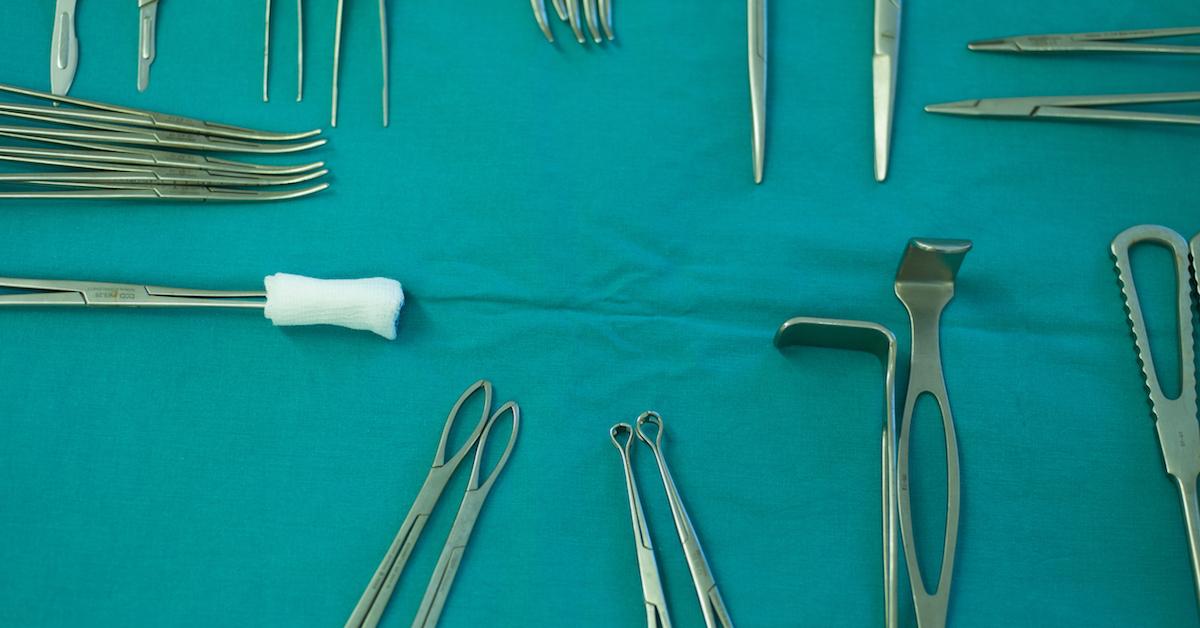
According to the folks at Sunnybrook Health Sciences Center, the cleaning process for reusable medical equipment is as follows:
Step 1: soaking
The first step in the process involves soaking the supplies in a special enzymatic solution that loosens and breaks up blood, bodily fluids, and contaminants. Plastic items or those that are more prone to breaking are cleaned in separate solutions, but the bulk of the metal devices are placed in carts and rolled into large industrial dishwashers.
The machines take about 20 to 45 minutes to wash the devices in a mixture of hot water and very powerful cleaning solutions. A special lubricant is added during the final rinse, which coats the metal instruments and keeps them in top working condition.
Step 2: sorting and packaging
The tools are removed from the giant dishwashers and separated as needed according to the needs of the different medical disciplines in the hospital. Technicians perform this separation by hand. Once this step has been completed, the items are packaged — either in a rigid metal container or wrapped in paper — before they're placed on a bar-coded tray and added to the hospital’s inventory system.
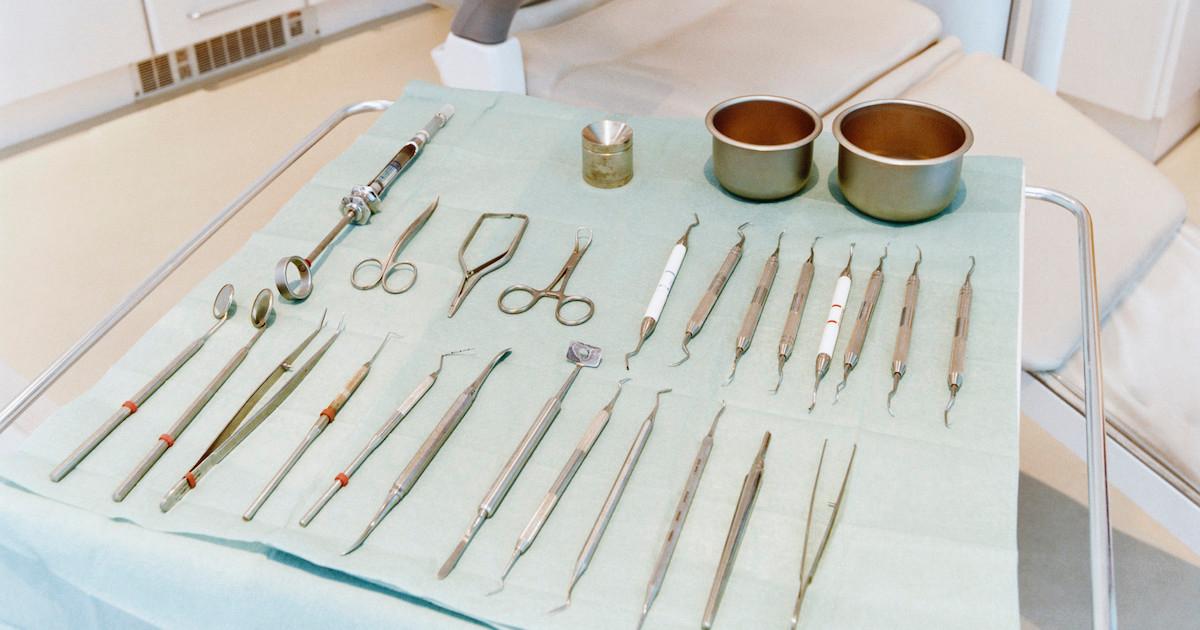
Step 3: steam cleaning
The reusable supplies are then cleaned once more, but this time, the bar-coded trays are put on carts and placed into one of four industrial steaming units for final sterilization. These units can reach a temperature of 274°F, which is far too hot for any germs to survive.
Step 4: prepare for re-use
Once cleaned, the bar-coded trays are wheeled on sterile carts to the operating rooms. Every piece of equipment is labeled and returned for cleaning once it has been used again. Not all medical supplies are cleaned or reprocessed in this exact fashion, but most hospitals and medical offices utilize a similar procedure to ensure no cross-contamination of reusable supplies.
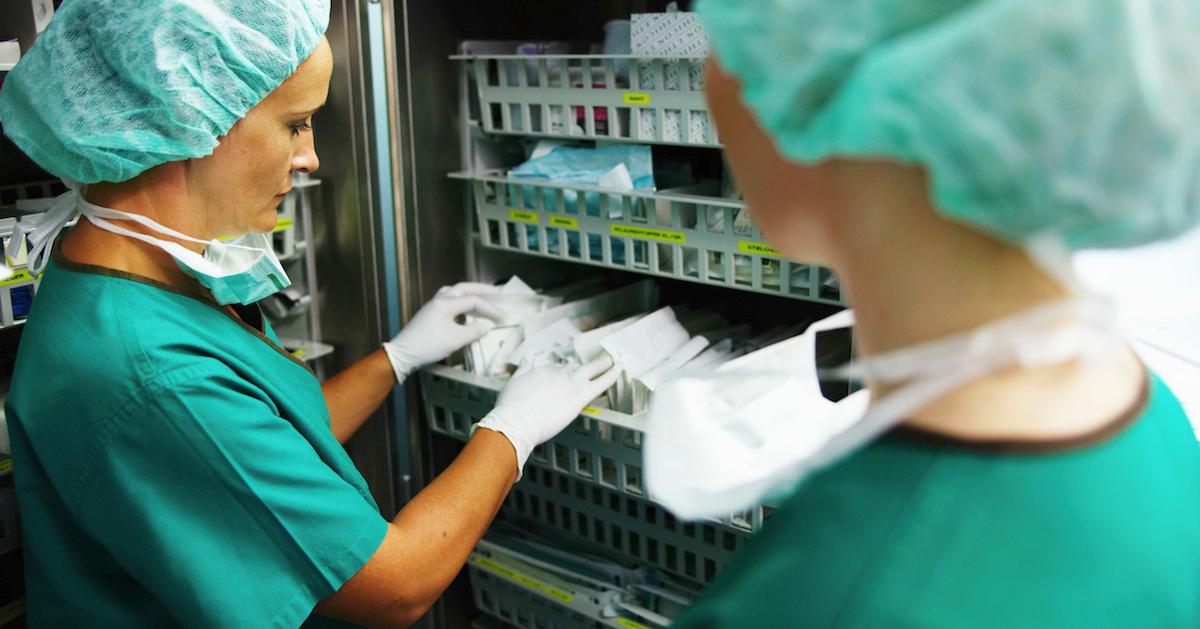
How are reusable medical supplies cleaned in the COVID-19 era?
In the era of COVID-19, the necessity of keeping things clean is more important than ever. Personal Protective Equipment (PPE) that has been used on patients who have tested positive, is carefully disposed of. Surfaces, clothing, bedding, and the like are all cleaned according to CDC guidelines.
As for all reusable equipment, the CDC seems to believe that automated methods of cleaning are the most effective in removing all potential contaminants. According to Healthcare Purchasing News, these automated sterilization procedures are still going strong and are an effective way to reuse certain types of medical equipment. The CDC does have cleaning procedures for things like masks and respirators, as well.